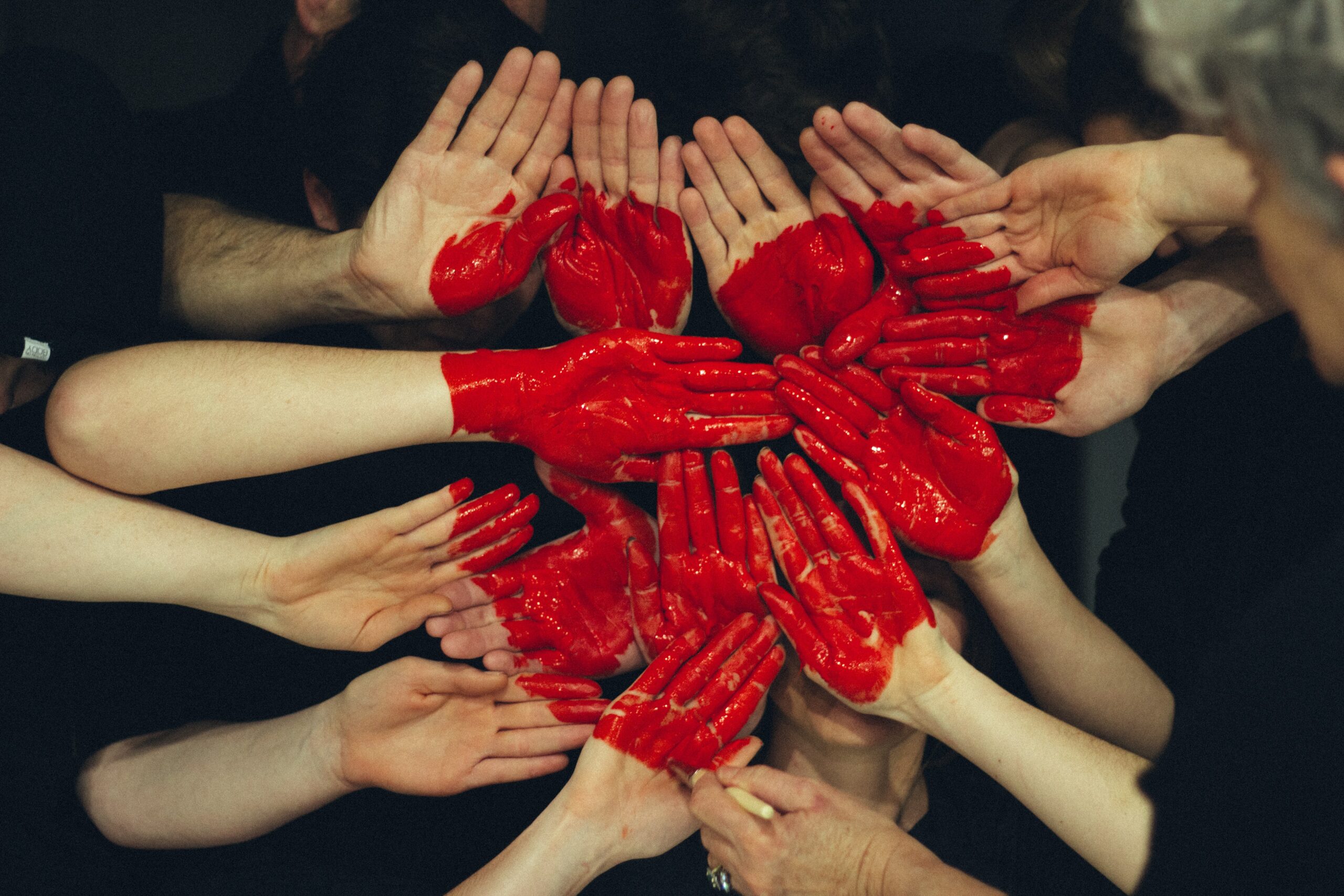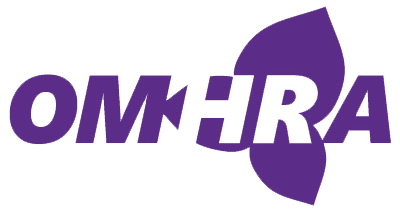
Today’s blog, provided by Bernardi Human Resource Law, summarizes the content presented in today’s webinar, part of OMHRA’s Fall Webinar series. To register for future webinars, visit our Events page.
***
Diversity in the fire service is a persistent challenge. When compared to other emergency services like police and EMS, the struggle to achieve diversity is even more pronounced.
Barriers to Diversity
There are several barriers to achieving diversity in the fire service, including:
1. High Costs Associated with Qualification and Application: The financial burden of obtaining the necessary qualifications and certifications can be a barrier for aspiring firefighters, especially women and those from marginalized communities.
2. Lack of Confidence in Success: Some well-qualified individuals (including those from diverse backgrounds) may not apply for firefighting positions unless they are certain of success, particularly given the time and cost involved in the process.
3. Firefighting Not Universally Considered a “Good Job”: Some community groups may not perceive careers in the fire service as prestigious or high status.
4. Inclusive Workplace Culture: The workplace culture within the fire service is not always as inclusive as it could be. This can discourage individuals from diverse backgrounds from pursuing a career in firefighting, as they may fear they won’t fit in even if they do get hired.
Driving Change
Some municipalities have taken steps to address these barriers and encourage applicants from a broader demographic pool. For example, they provide candidates with provisional offers, allowing them to pursue training with the promise of a job upon successful completion. While such measures are positive steps, they may not be sufficient in isolation.
1. Diversity Must Be Accompanied by Inclusion: Recruiting for diversity is just the first step. Efforts to improve equity and inclusion for all members of the fire service are also essential. This means creating an environment where everyone feels valued and respected.
2. Leverage Shared Values: The fire service is built on values reflected in the Maltese cross. Courage, dedication, and a commitment to protecting the community are principles that can unite everyone within the fire service. Emphasizing and connecting members to those values can create greater inclusion and harmony.
3. Create Psychologically Safe Workplaces: Upholding these values is not just about recruitment but also about creating psychologically safe and healthy workplaces. Initiatives such as diversity training, mentorship programs, and anti-discrimination policies that are consistently enforced can build psychologically safe and inclusive workplaces.
Increasing diversity in the fire service is a vital goal for the betterment of our communities and the profession itself. Addressing the barriers to entry, fostering an inclusive workplace culture, and emphasizing common values are key steps to meeting this goal. Making these changes can promote the fire service as a welcoming career for individuals from diverse backgrounds and identities so that fire services can better reflect the rich tapestry of the communities they serve.
Presented by

Archives
Categories
- Attraction and Recruitment
- Benefits
- Celebrating Success and Recognition
- Change Management
- Conflict Resolution and Coaching
- Culture
- Diversity, Equity and Inclusion
- Emotional Intelligence
- Employee Engagement
- Employee Performance
- Labour Disruption
- Mentoring
- OMHRA activities
- OMHRA Events
- Psychological health and safety of the HR professional
- Recruitment
- Recruitment and Retention
- Retention
- Uncategorized
- Unique ideas for recruiting in a tight job market
- Wellness
Recent Posts
- How Leadership Development Coaching Provides Better Outcomes
- Better Leadership: Focus on a Coach Approach
- Creating a Psychologically Safe Workplace
- Group Health Insurance – The Impact of Preferred Pharmacy Networks on Employees’ Mental Health
- Provide Real Support For Your Mid-Career Team’s Psychological Resilience

